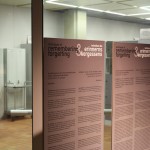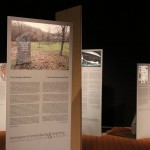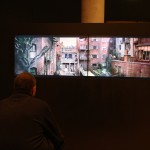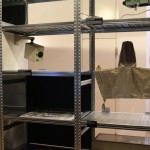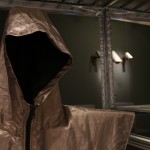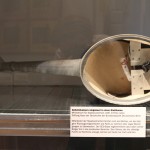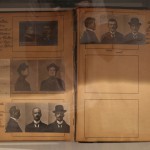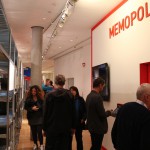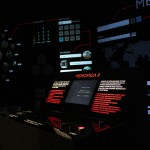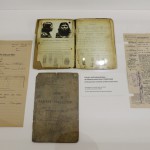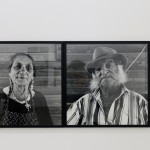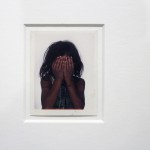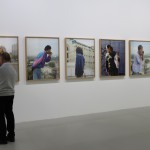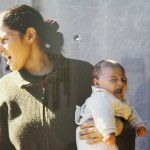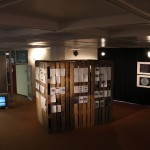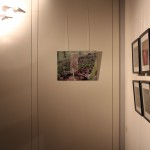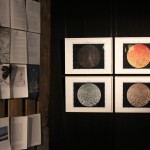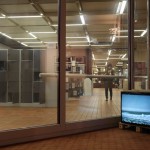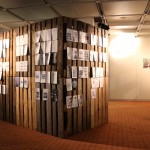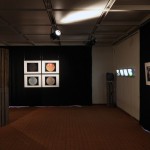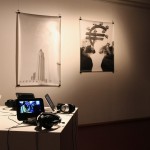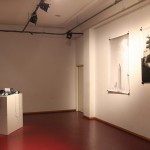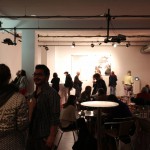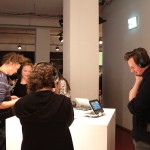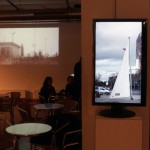Im Rahmen der Bahnhofsviertelnacht 2014 gibt der gutleut verlag einen Einblick in seine bisherige und aktuelle Buchproduktion. Ferner findet zu diesem Anlass die langgeplante Reaktivierung des Ausstellungsraums gutleut 15 in den Verlagsräumen statt. In regelmäßigen Abständen werden hier in Zukunft wieder Ausstellungen, Lesungen, Konzerte und sonstige Veranstaltungen stattfinden.
…und vor uns haben, wie… – Ausstellung: Künstler des Verlags
Mit Arbeiten von: Burkard Blümlein (München/Paris) | DAG (Berlin) | Kate Davis (London) | Bea Emsbach (Frankfurt/Main) | Trevor Gould (Montreal) | Raul Gschrey (Offenbach/Main) | Eva Köstner (Frankfurt/Main) | Dirk Krecker (Frankfurt/Main) | Reiner Maria Matysik (Berlin) | Jirka Pfahl (Leipzig) | Olaf Probst (München) | Michael Wagener (Frankfurt/Main) | Herbert Warmuth (Frankfurt/Main)
Lesungsprogramm:
19.00 Uhr – gesammelte fehlmärchen. gedichte – Kristin Schulz (Berlin)
20.00 Uhr – im toten winkel des goldenen schnitts. gedichte – Marcus Roloff (Frankfurt/Main)
21.00 Uhr – dauerlandschaft – the lyrics. gedichte + texte – Marcus Roloff (Frankfurt/Main), Kristin Schulz (Berlin), Michael Wagener (Frankfurt/Main)
www.gutleut-verlag.com
gutleut verlag | gutleut 15
Kaiserstr. 55
60329 Frankfurt/M.




